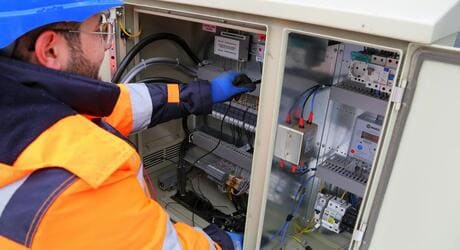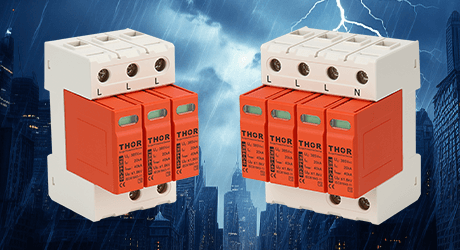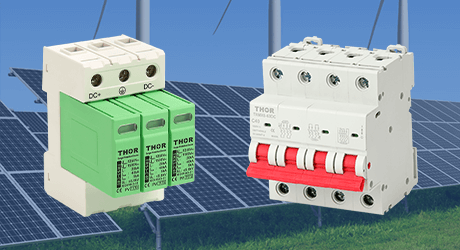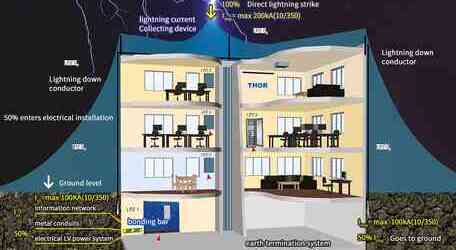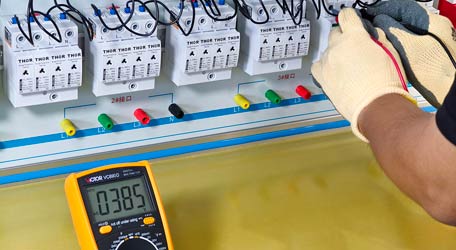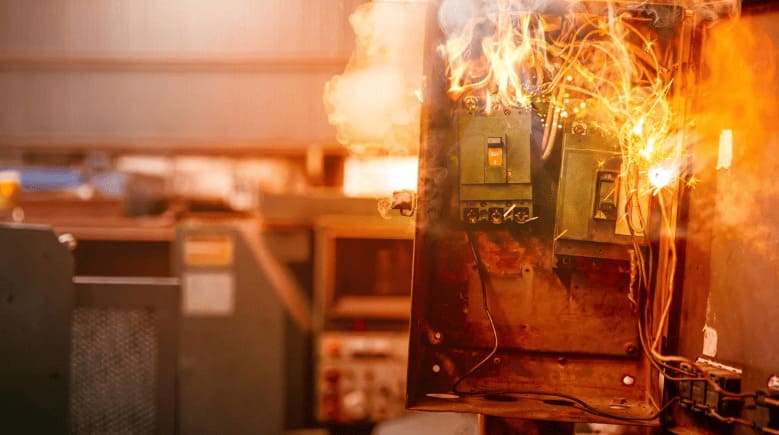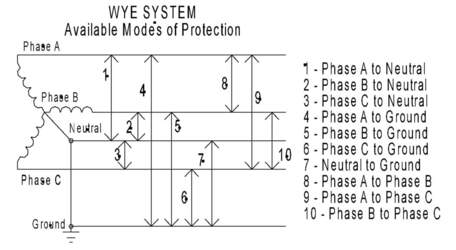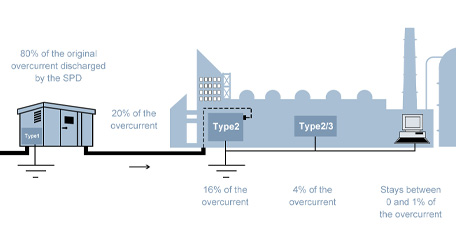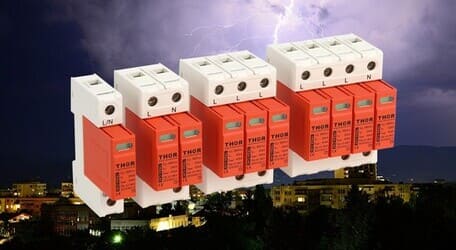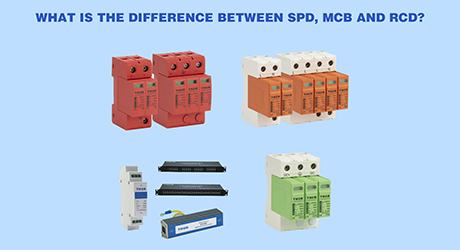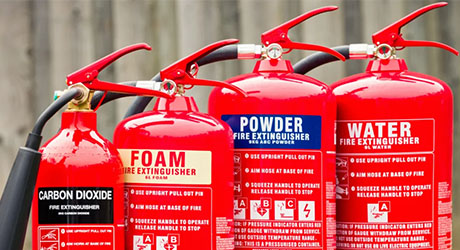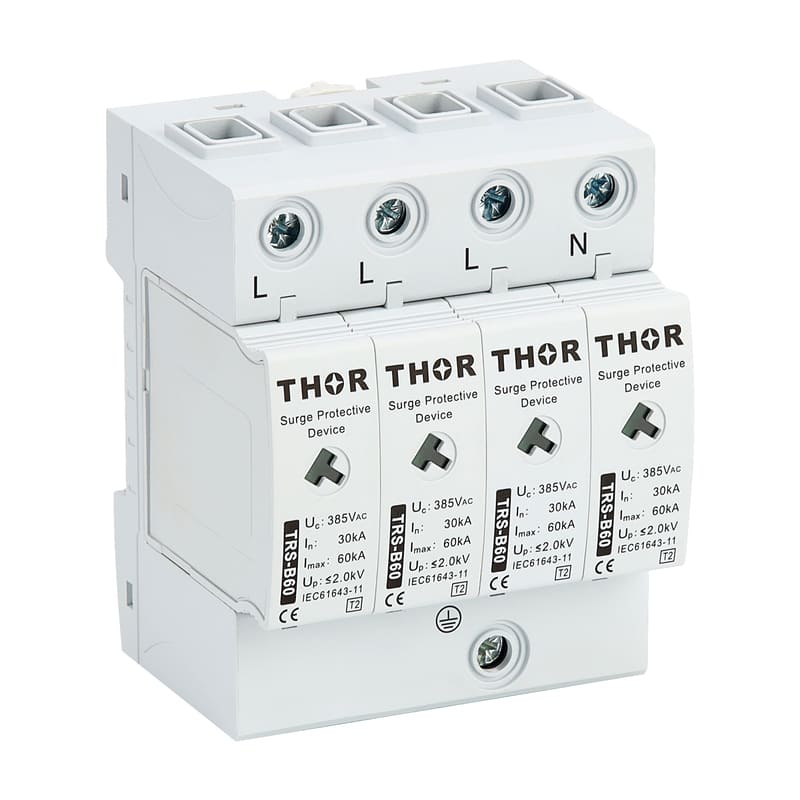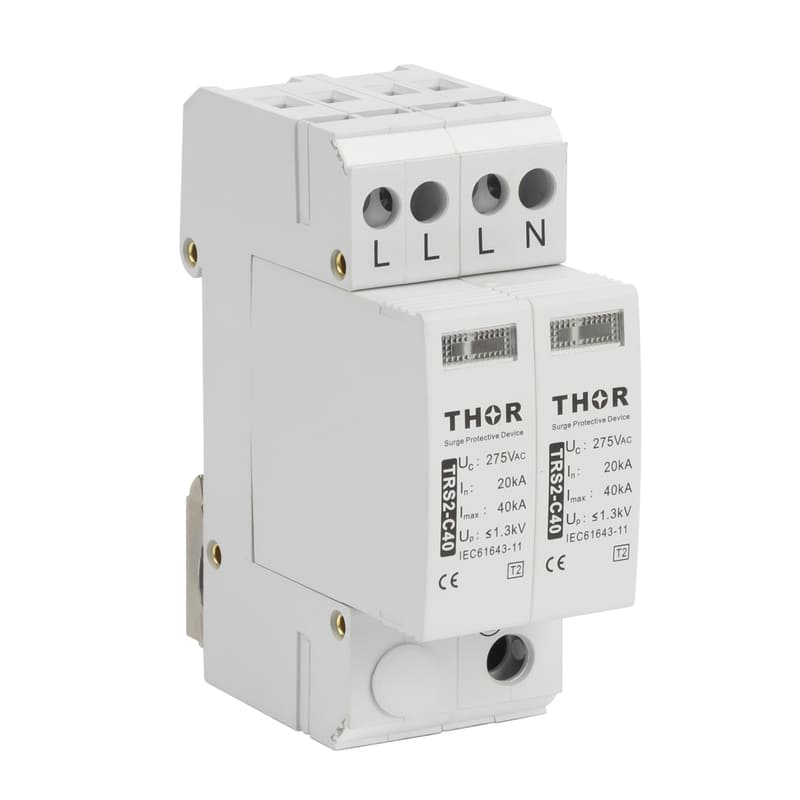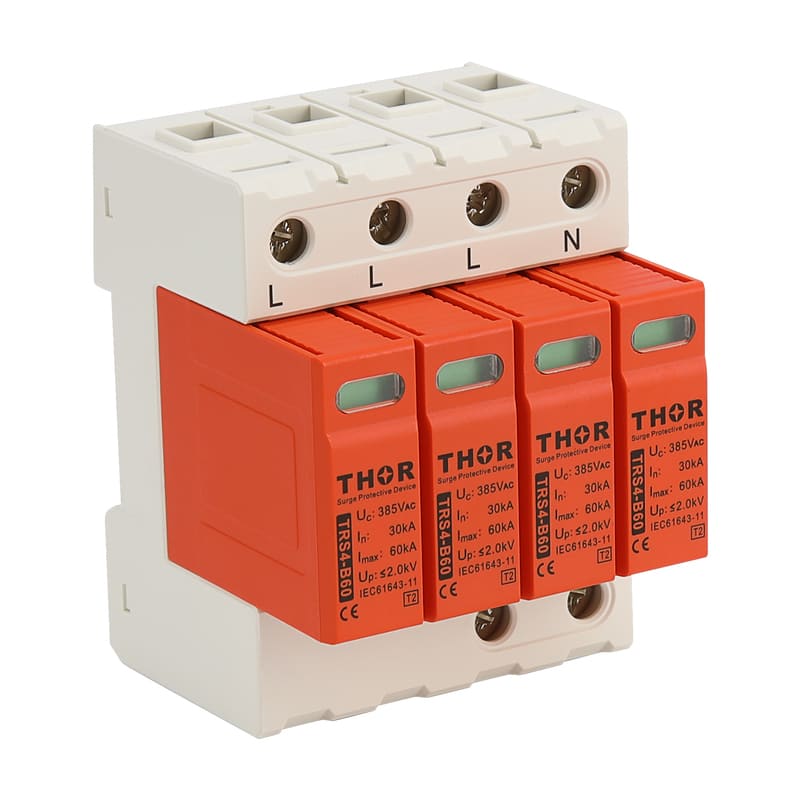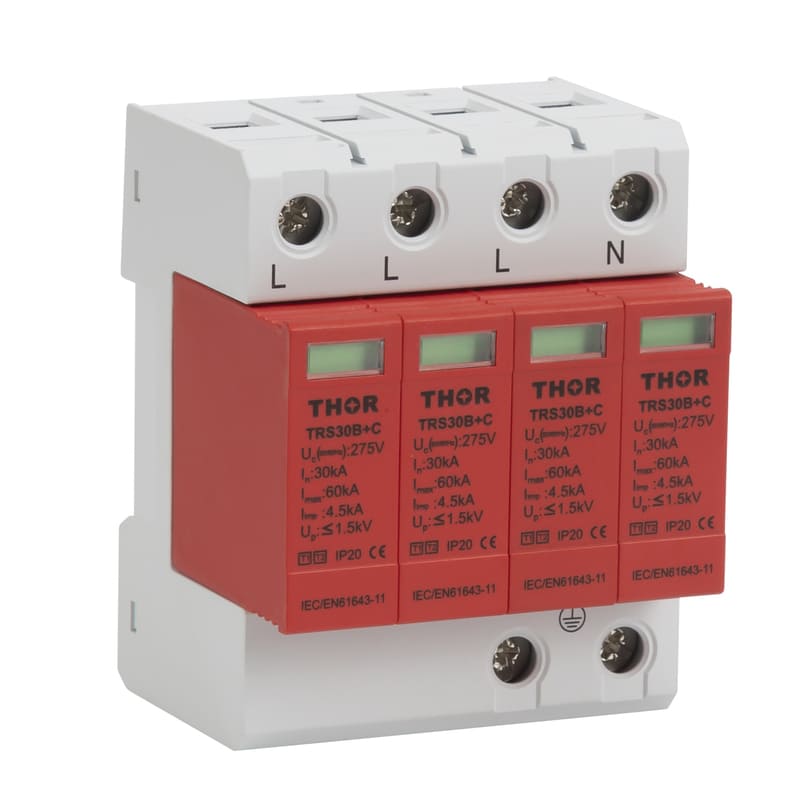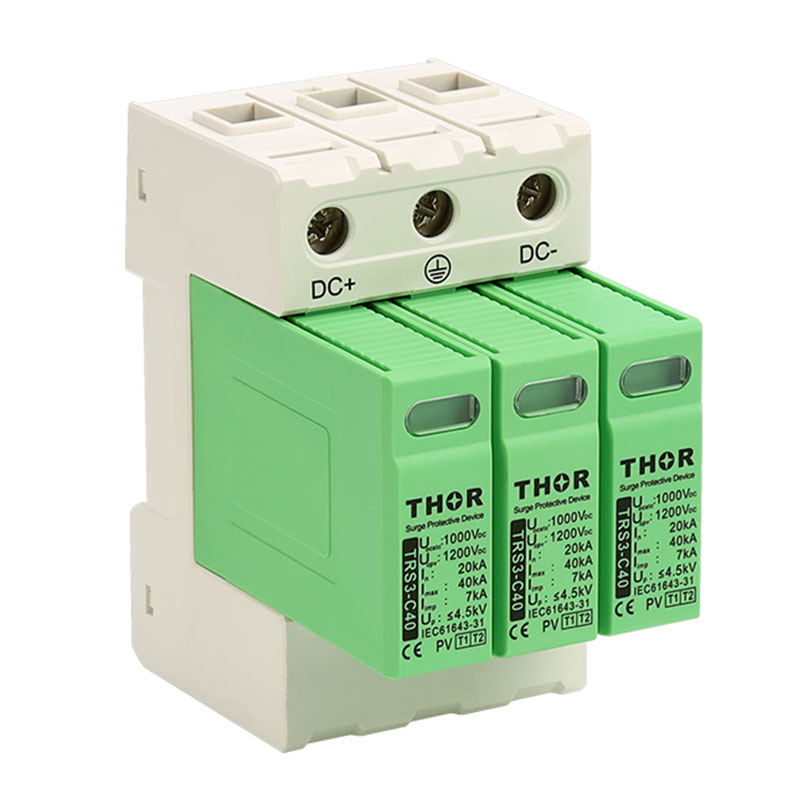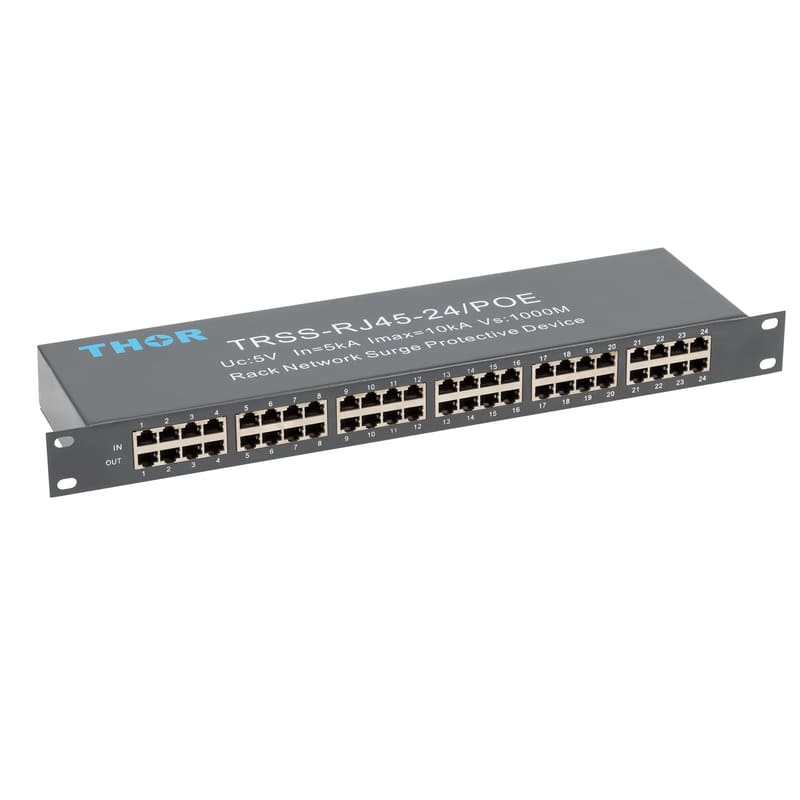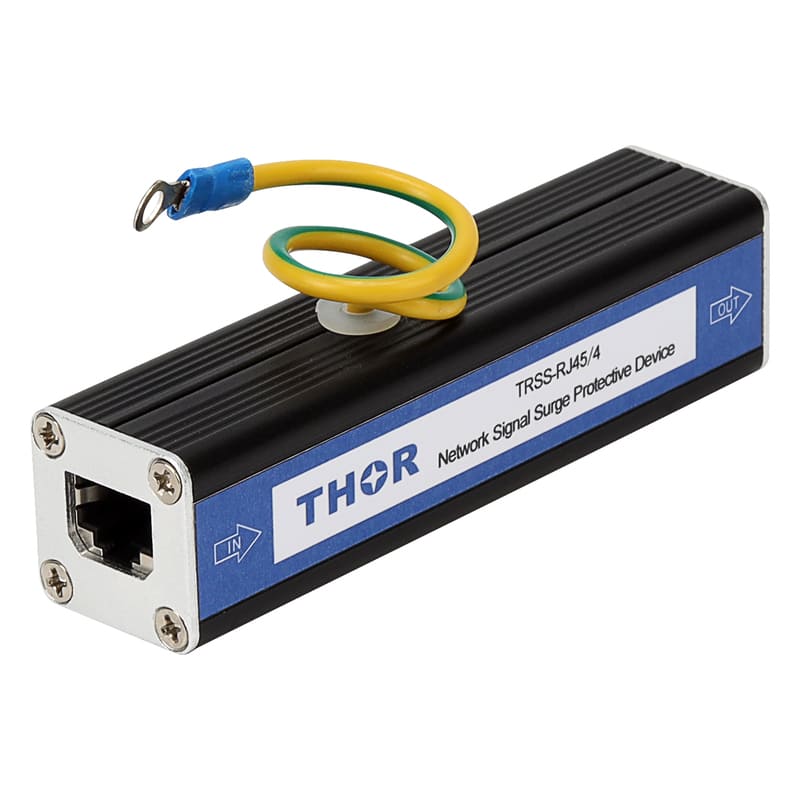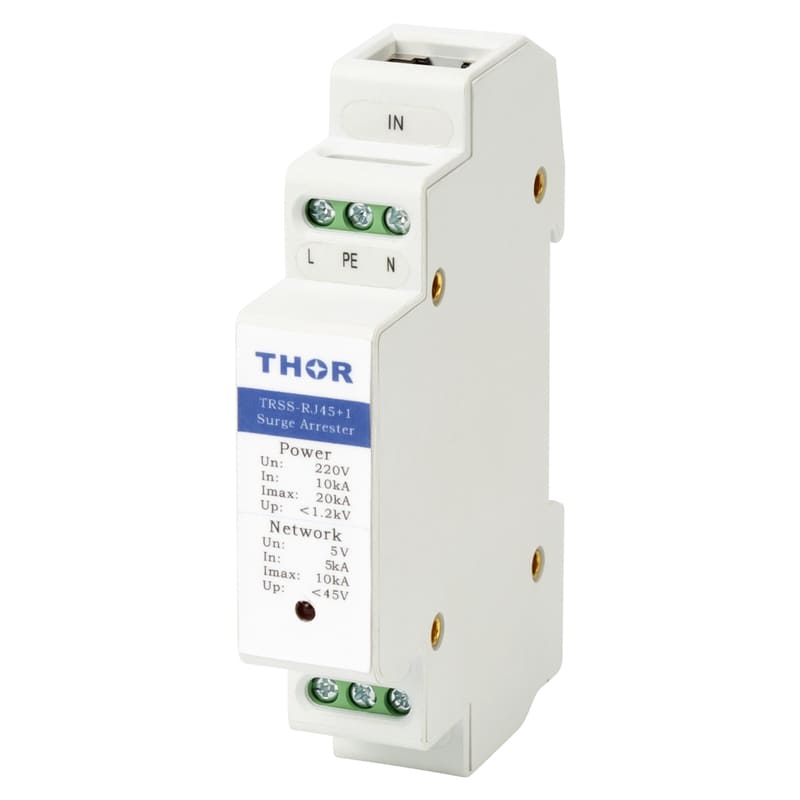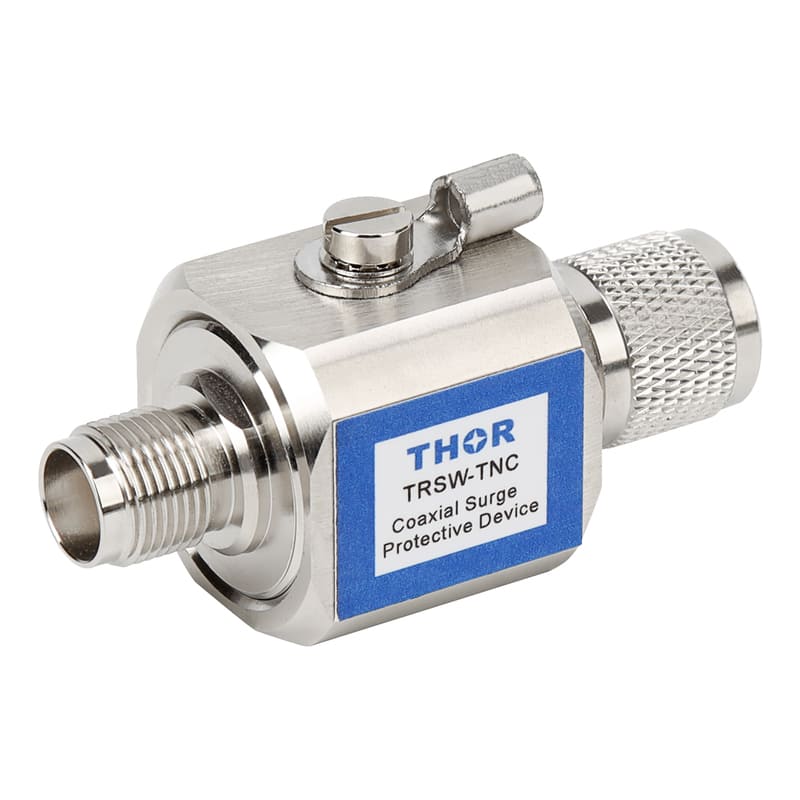Lightning protection precautions for outdoor personnel working in the open air
A lightning monitoring and early warning system should be established for field operation units in areas with many mines and strong mines, as well as oil and gas drilling, gathering and transportation stations, large oil depots, and refining and chemical enterprises.
In the event of high-intensity lightning or thunderstorms, outdoor personnel should stop open-air operations, enter places with lightning protection facilities in time, and stay away from live equipment or other metal facilities; suspend oil and gas loading and unloading operations, and close the openings of oil and gas reservoirs; exploration, mining and other field operations should pay attention to Lightning protection for personnel and production facilities.
In areas with strong lightning activities and towers and lines that are often struck by lightning, protective measures such as setting up lightning arresters, reducing grounding resistance, erecting lightning protection wires throughout the process, adding insulators or erecting coupled ground wires should be taken.
Tall production equipment in outdoor places, production equipment placed at a high place through the frame and the main pipeline leading to the torch, large compressors placed on the ground, rotating equipment such as pumps arranged in groups, torches and chimneys in open areas , lighting facilities placed at high places that are prone to direct lightning strikes, etc., should implement direct lightning protection measures.
Metal entities of large static equipment (such as derricks, furnace bodies, tower bodies, barrel bins, frameworks, etc.) can be used as lightning receptors against direct lightning strikes. The metal wall thickness of the equipment used as the air-termination device shall comply with the relevant provisions of the current international standards. Rotating equipment should not be used as air terminals.
All metal equipment, frames, pipes, cable protection layers (armour, steel pipes, grooved plates, etc.) and venting nozzles, etc. in the production site should be connected to the grounding device.
The protective guardrail of the storage tank, the upper tank (climbing) ladder, the flame arrester, the breathing valve, the oil measuring hole, the manhole, the light transmission hole, the flange and other metal accessories should be equipotentially connected to the tank body.
For metal storage tanks with external floating roofs, an effective and reliable connection method shall be used to make uniform electrical connections between the floating roof and the tank body.
At least two temporary fixed lightning protection and grounding devices shall be installed at the CNG refueling mother station and the substations of the vehicle CNG gas storage cylinder group trailer parking site.
When shielded cables are used, the shielding layer should be equipotentially connected and grounded at least at the junction of both ends and the lightning protection zone. When the system requires equipotential bonding only at one end, two layers of shielding or steel pipes should be used for laying, and the outer shielding or steel pipe should be equipotential bonding and grounding at least at the junction of both ends and the lightning protection zone.
Surge protection devices protecting electrical and electronic equipment should be compatible with the withstand voltage level of the protected equipment.

